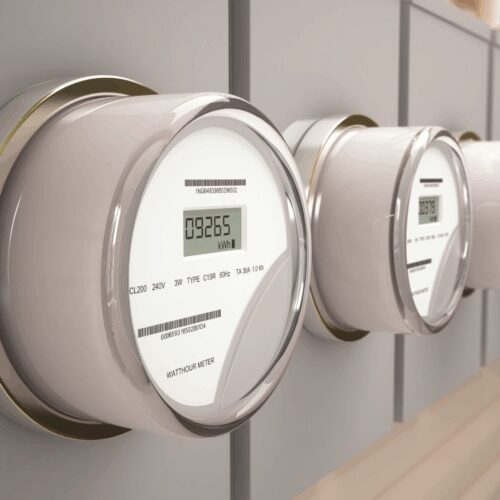The cool factor of time-varying rates
Vol. 14 – Watt in the Grid?

Vol. 14 – Watt in the Grid?

Sign up for our magazine
The premier outlet for compelling storytelling around the innovators and innovations driving the clean energy transition.
My son just started middle school, which meant a day of hunting for new school supplies and clothes. Normally, this involves navigating Under Armour’s labyrinth and using negotiation tactics that resemble hostage diplomacy to convince him to consider colors other than black. This time, though, things took an unexpected turn. My child, with a completely straight face, asked for Crocs. Now, I get it—I’ve had my own pair of Crocs for years, shamelessly indulging in their comfort for quick trips to the mailbox or grocery store. But Crocs were never exactly cool…until now. Apparently, middle schoolers across the county have decided they are, proving that the power of collective opinion is real, whether in school hallways or the energy sector.
When I started my career in energy, smart meters were a mystery to most people. Time-of-use (TOU) rates were a novel concept, and the “normal” standard rates seemed perfectly fine. But just like my grandpa might say, times have changed. We’re now facing unprecedented load growth and tighter constraints on the electric grid. While everyone acknowledges the importance of energy for societal progress, sticking to outdated practices won’t meet our future needs. Making energy and innovative rate design appealing can feel as challenging as making Crocs fashionable.
Luckily, I recently attended a National Association of Regulatory Utility Commissioners (NARUC) conference where the Critical Consumer Issues Forum (CCIF) discussed making rates “cool” again. CCIF’s 2024 report dives into the complexities of innovative rate design. They emphasize that rates can’t be tackled in isolation; regional, state, and even company-specific differences must be considered. Just as Crocs’ resurgence depends on a collective middle school consensus, effective rate design requires widespread support from regulatory and industry professionals.
CCIF has laid out ten “consensus principles” in three main areas: foundational rate design, rate design considerations, and customer education. Principle nine caught my eye: “New time-varying rate designs (e.g., TOU) that promote and reward rapid customer behavior changes to maximize system and customer benefits must be accompanied by customer education campaigns.” Turns out, just like Crocs need widespread approval, new rate designs need customer buy-in.
According to principle nine, education campaigns should “offer tools to help customers understand and evaluate the impacts of different rate options.” Thankfully, GridX is well-equipped to assist in this area. Our mission is to help utilities, and their customers grasp the true value of clean energy choices. Using actual AMI data, GridX can show customers, in clear dollars and cents, how much they can save with TOU rates. And as my son has shown me, whether it’s achieving middle school popularity or saving on energy bills, the promise of tangible benefits is a powerful motivator.




